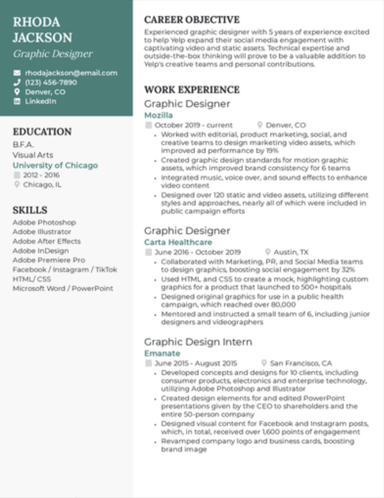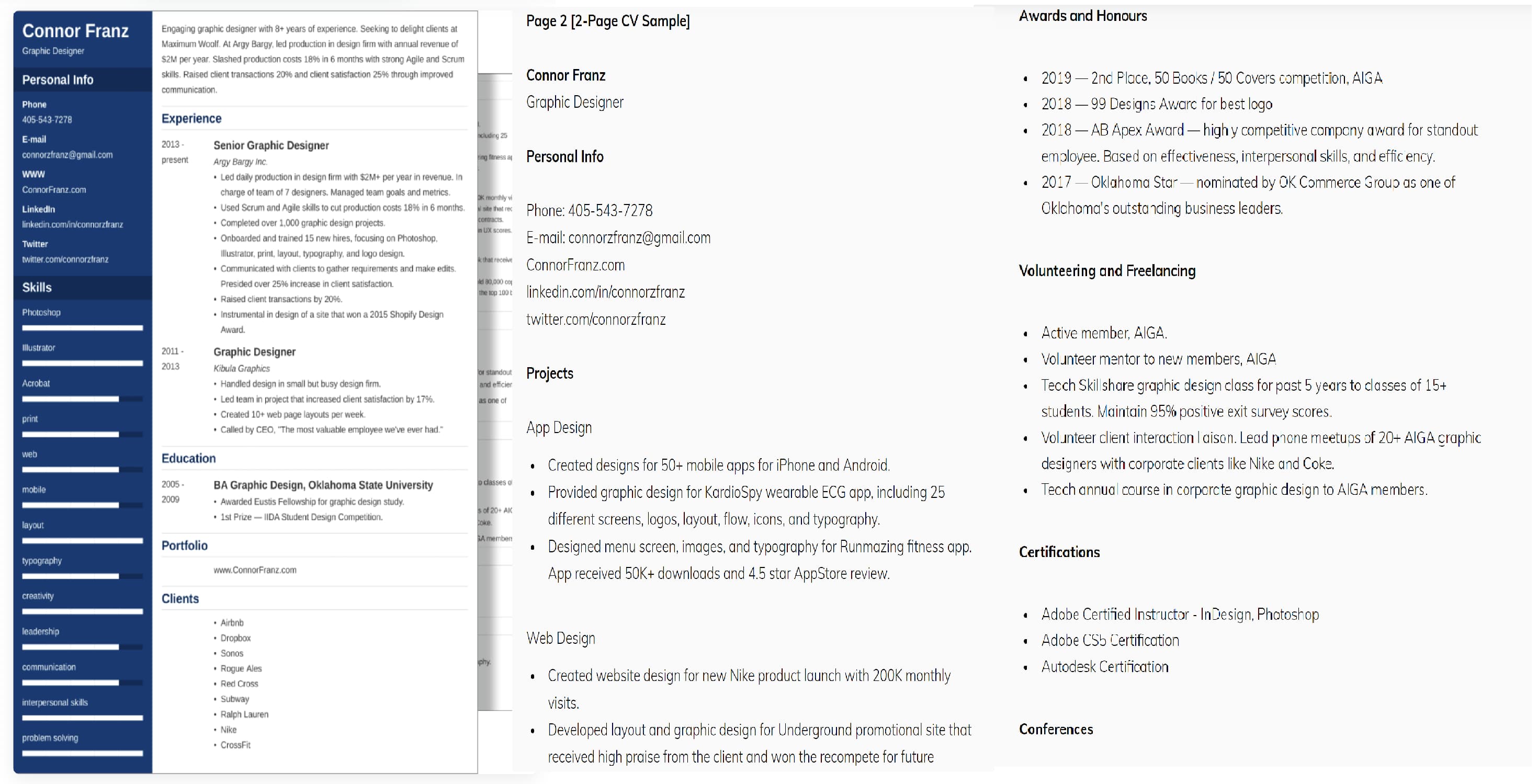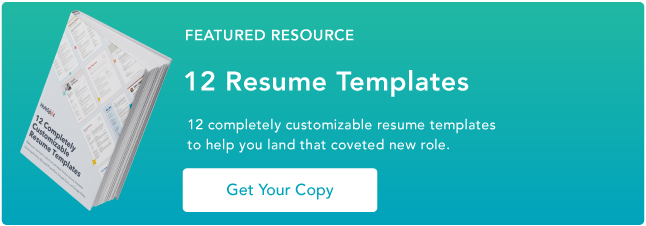CV vs. Resume: What's the difference?
CV vs. resume: Which should you use when applying for a job? If you spend enough time job searching, you'll likely see a few postings asking for curriculum vitae (CV) rather than a resume.

CV vs. resume: Which should you use when applying for a job? If you spend enough time job searching, you'll likely see a few postings asking for curriculum vitae (CV) rather than a resume. You'll probably wonder what the difference is between the two. Since resumes and CVs both serve as documents that help candidates land new jobs, it is easy to confuse them. To help you distinguish between the two and choose the proper document for your job application, here's everything you need to know about CVs vs. resumes. A CV provides the complete history of your academic credentials, career, and qualifications. A resume is a more concise document that focuses on your career, skills, and capabilities as they relate to a specific position. In regions like Europe and Asia, a CV is the same as a resume, so be mindful when applying for jobs abroad. Now that you know what a CV and resume are, let's explore the differences between the two. A CV is more in-depth and lengthy than a resume because it gives a more thorough summary of a candidate's career. A resume is more of a "snapshot" of a candidate's professional history and skills relevant to the potential employer. As a result, CVs are often longer than resumes, which are usually only one or two pages. CVs are commonly used in the UK, Australia, and New Zealand. They are far less common in the U.S. unless a candidate applies for medical, law, science, or academia jobs. Resumes have three basic formats that vary depending on the job seeker's goals: A CV doesn't have a standard format because the layout depends on the applicant's industry and desired job. For example, a scientist's CV will likely focus more on the candidate's research and published work. However, a legal CV may highlight a candidate's work history and skills attained at past law firms. Furthermore, resumes typically have five sections – contact information, professional summary statement or objective, education, skills, and job history. A CV will also require that information, but some need more sections to adhere to industry norms. Here's a breakdown of what to include in a CV: Depending on the industry, you'll also want to include other information such as: Below is an example of a graphic designer's comprehensive CV. The graphic designer's CV is two pages long and features standard information expected in a typical resume. It also includes the applicant's past clients, projects, awards, certifications, and volunteer experience. The graphic designer resume below is similar to the CV, but it's kept to one page and only focuses on the applicant's work experience, skills, and education. CVs don't have to be two pages long. Like resumes, the length will vary depending on your years of work experience, industry, and what employers want to know. However, it's common for CVs to go into deeper detail than resumes. And regardless of length, including a cover letter with your resume or CV is strongly suggested. A cover letter gives you the space to explain changes in your career, gaps in your work history, and a more thorough analysis of your awards and achievements. Now that you know the differences between a resume and a CV, you can decide which to use for your next job application.
What is a CV vs. a Resume?
CV vs. Resume Difference
CV vs. Resume Format
CV vs. Resume Examples


 Tfoso
Tfoso ![12 Resume Templates [Free Download]](https://no-cache.hubspot.com/cta/default/53/4ec95757-585e-40cf-9189-6b3885074e98.png)


































